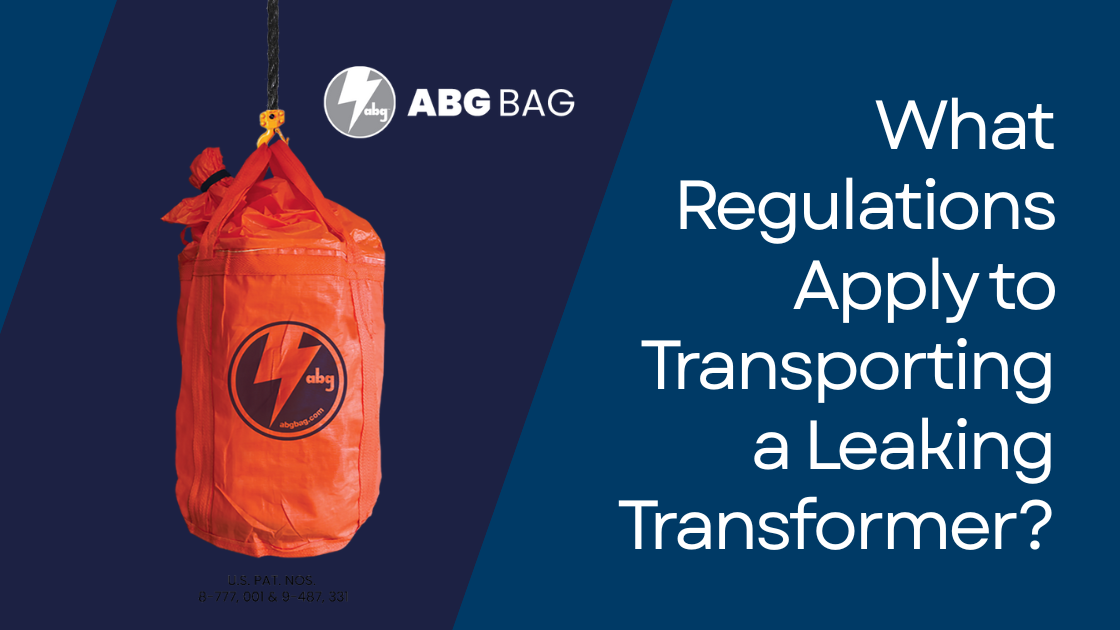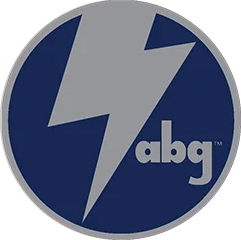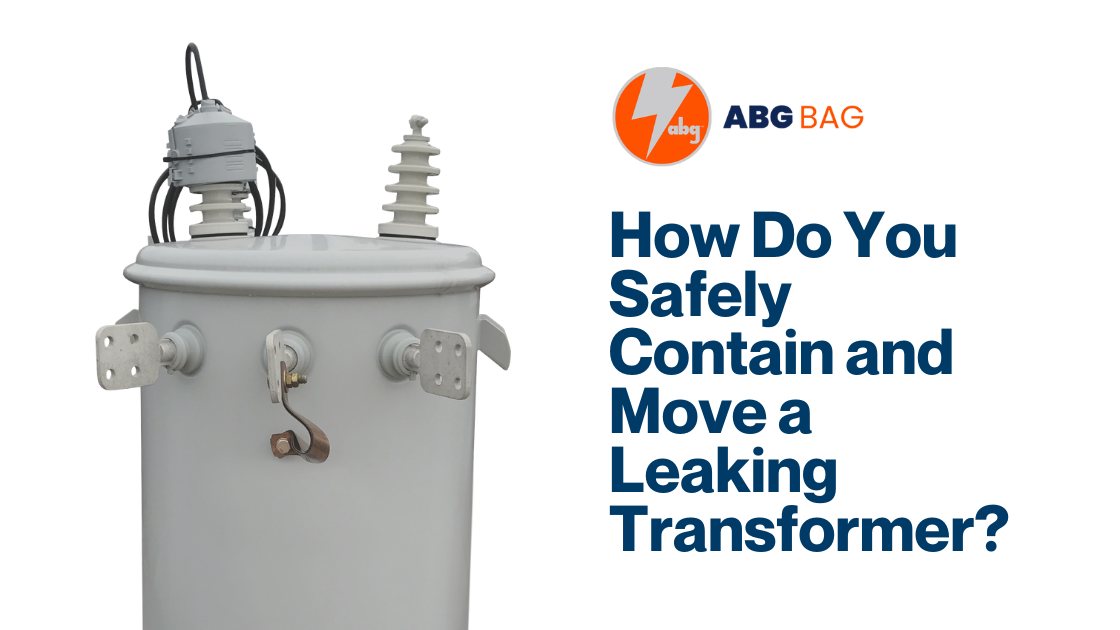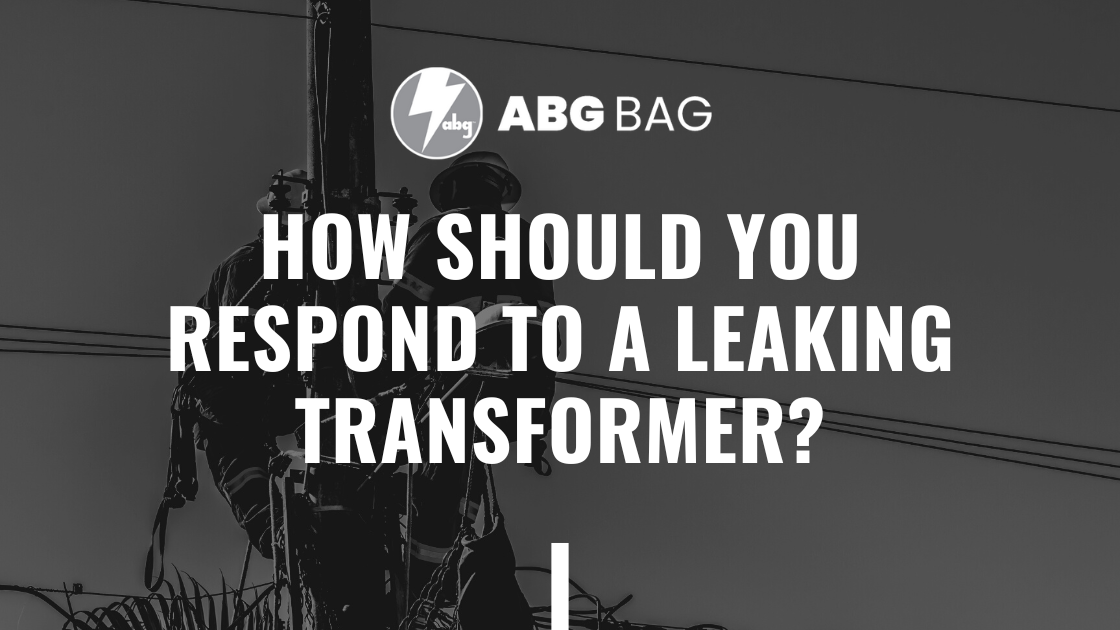
What Regulations Apply to Transporting a Leaking Transformer?
Transporting a leaking transformer involves complex safety, environmental, and regulatory considerations. Transformers contain oil that provides insulation and cooling, but when a leak occurs, the oil can pose significant hazards to the environment and personnel. Compliance with applicable regulations is essential to prevent spills, maintain safety, and ensure lawful hazardous material transformer transport. Understanding the rules governing transformer transport and implementing proper transformer containment solutions are key to safe and effective operations.
Why Regulations Matter for Leaking Transformers
A leaking transformer can release transformer oil into the environment, leading to soil and water contamination. Beyond environmental harm, oil spills can create fire hazards, workplace injuries, and costly cleanup operations. Regulatory agencies recognize these risks and enforce guidelines to ensure proper transformer oil spill containment during transport. Failure to comply can result in fines, legal liability, and operational shutdowns.
Regulations typically focus on several areas:
- Hazardous material classification: Determines whether the transformer oil or the transformer itself is considered hazardous.
- Transport protocols: Governs how leaking transformers should be moved safely from one location to another.
- Containment and spill prevention: Mandates the use of systems to prevent leaks from reaching the environment.
- Documentation and training: Ensures operators are trained and maintain proper records for compliance and safety audits.
Understanding Hazardous Material Classification
Before transporting a leaking transformer, it’s critical to determine if the oil is classified as hazardous. Factors influencing classification include:
- Chemical composition: Certain transformer oils contain polychlorinated biphenyls (PCBs), which are strictly regulated.
- Spill volume: Large leaks are more likely to trigger hazardous material classification.
- Environmental sensitivity: Transport through or near waterways, groundwater areas, or sensitive ecosystems may elevate regulatory requirements.
When a transformer is classified as hazardous, it must be transported in accordance with federal, state, and local hazardous material regulations. Proper transformer containment for transport is essential to meet these requirements and prevent spills during movement.
Required Containment Systems
Regulations require that all leaking transformers be secured using reliable transformer leak containment systems. Proper containment minimizes the risk of oil spills during handling, lifting, and transit. Options include:
- Portable transformer containment: Lightweight containment bags or liners that can be deployed rapidly to fully enclose a leaking transformer.
- Rigid or semi-permanent containment systems: Provide structured, high-capacity protection for larger transformers, often used in substations or maintenance yards.
- Multi-layer containment: Combining containment bags with absorbents, modular berms, and liners ensures maximum protection during transformer oil containment transport.
Effective containment is not just a safety measure—it is often a legal requirement. Failing to contain leaking transformers can result in regulatory violations and environmental penalties.
Transport Protocols and Safety Standards
Transporting a leaking transformer involves following strict handling protocols. Regulatory agencies, including the Department of Transportation (DOT) in the U.S., establish rules for:
- Securing the transformer: Use reinforced tie-downs, mounting systems, and stable platforms to prevent tipping or shifting during transit.
- Using appropriate containment: Ensure all transformer oil is captured using transformer spill containment solutions like portable containment bags or liners.
- Monitoring and inspection: Inspect containment systems before, during, and after transport to prevent secondary spills.
- Labeling and documentation: Clearly mark the transformer and containment systems as hazardous material when required, and maintain records for compliance audits.
By following these protocols, operators can safely transport leaking transformers while meeting regulatory obligations.
Training and Personnel Requirements
Proper training is critical to comply with regulations for hazardous material transport. Personnel involved in moving a leaking transformer should be knowledgeable about:
- Deploying transformer containment systems quickly and correctly.
- Handling transformer oil safely to minimize exposure.
- Understanding hazardous material transport laws and environmental regulations.
- Inspecting and maintaining containment equipment for durability and chemical resistance.
Training ensures that workers can respond to emergencies effectively, reduce the risk of spills, and maintain compliance with applicable rules.
How To Contain And Transport Leaking Transformers Safely
Implementing best practices for containment and transport is essential for regulatory compliance and operational safety. How To Contain And Transport Leaking Transformers Safely involves:
- Rapid deployment of portable containment systems to fully enclose leaking transformers.
- Stabilizing and securing the transformer on trailers or trucks to prevent shifting or tipping.
- Using multi-layered protection, combining containment bags, absorbents, modular berms, and liners.
- Monitoring containment integrity throughout transport and handling.
- Following regulatory documentation and labeling procedures for hazardous materials.
By following these steps, operators ensure that all transformer oil remains contained, reducing environmental risk and maintaining legal compliance.
Environmental and Operational Benefits
Using proper transformer containment for transport and following regulations offers multiple benefits:
- Environmental protection: Prevents transformer oil from reaching soil, water, or sensitive ecosystems.
- Worker safety: Minimizes direct contact with transformer oil and reduces chemical exposure risks.
- Regulatory compliance: Ensures adherence to federal, state, and local hazardous material transport laws.
- Operational efficiency: Reduces downtime, cleanup costs, and potential liability from spills.
Implementing these measures allows organizations to manage leaking transformers confidently and responsibly.
Transporting a leaking transformer requires careful attention to regulations, proper containment, and trained personnel. Using a transformer leak containment system, deploying portable transformer containment, and following strict hazardous material transport protocols ensures that transformer oil spills are prevented during handling and transit. Effective transformer spill containment and adherence to safety standards protect the environment, maintain worker safety, and support regulatory compliance.
For reliable solutions to contain and move leaking transformers safely, call 800-758-8079 today or contact ABGBAG online. Using the right equipment and following proper protocols ensures your team can respond efficiently, prevent spills, and maintain operational integrity.
Do You Have Questions?
For inquiries about our products, order status, or any other information related to ABG Bag Inc., send us a message, and we will respond soon.
Sales & Customer Care
Product Questions







